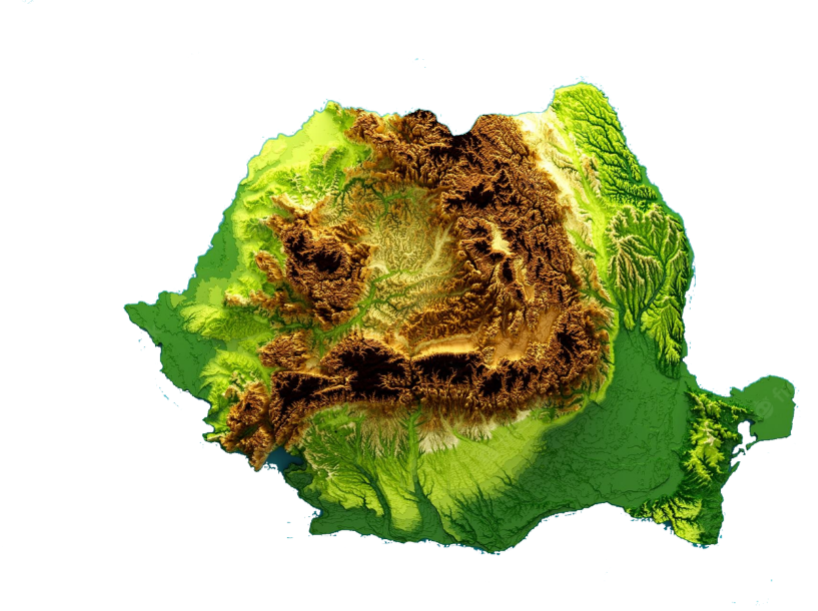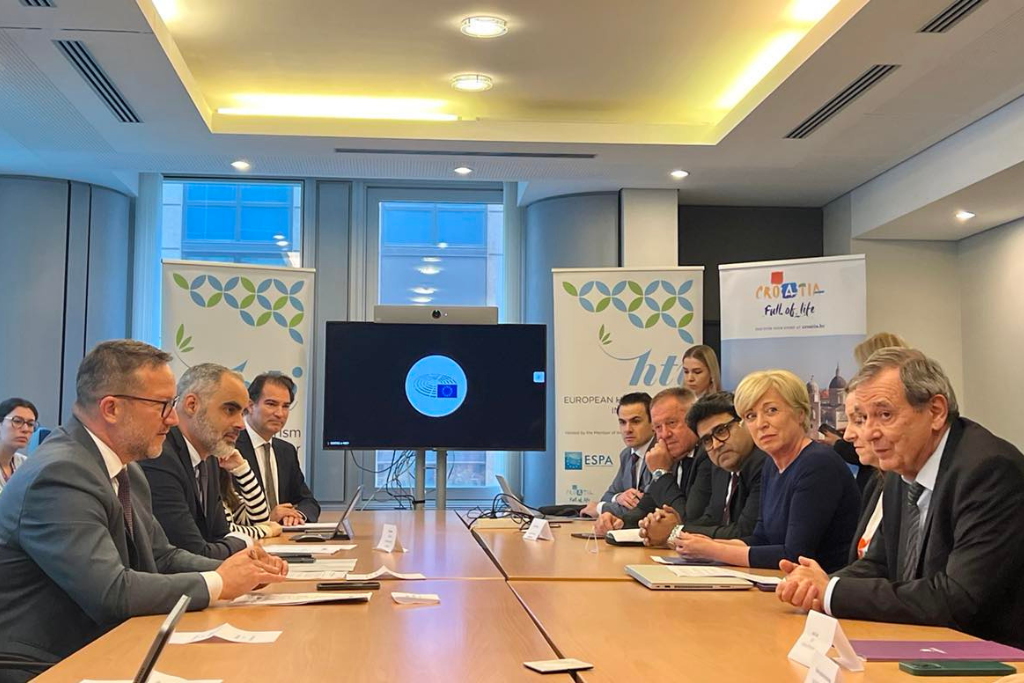UNVEILING CLIMATOTHERAPY’S RICHNESS IN ROMANIA’S BALNEARY TREATMENT
The spa and wellness industry has the potential to significantly improve the population’s overall health. While traditional treatment methods frequently rely on medication or surgical interventions, both of which are risky, spa treatments can provide a safer and more natural alternative for alleviating certain conditions.
We had the opportunity to speak to Iuliana Tasie and Dr. Mihaela Cucu, who both play key roles in developing and promoting national balneary tourism, both inbound and outbound, and are active members of OPTBR (National Balneary Spas Association) and ESPA.
Q: What is the role of preventive wellness procedures in general health?
The effects on health are demonstrated both by specialized studies and by the attitude of the authorities in certain European countries, which subsidize these treatments at the national level. Also, wellness tourism that uses natural resources can be an important basis in educating the young population for prophylaxis, exposing in this way the benefits of preventive procedures for healthy people.
Q: How do geographical specifics and climate character influence spa & wellness treatment in Romania?
The human body reacts to the environment that demands the neuroendocrine system, depending on the geographical conditions, the type of atmospheric circulation, with all its set of climatic elements and the characteristics of solar radiation. Several climatic regions have been established that overlap the bioclimatic regions, delimited according to medical coordinates, depending on the body’s reactions.
Q: Dr. Cucu, could you give us a short overview of the “health map” of Romanian bioclimate specifics?
Well, we should first know that there are 4 geographical regions that dictate the cure indications of bioclimate of each: the climate of plains and low plateaus, the climate of hills and plateaus, mountain climate, and forest climate. Romania is blessed with a varied and at the same time unitary relief, in which the proportionality of the three characteristic forms is noticeable: mountains 34%, hills 35%, plains and meadows 31%, arranged in an amphitheater against the Carpathian arch that surrounds the great interior depression of Transylvania and, gradually, decrease in altitude towards the periphery. The location along the 45th parallel gives its climate a temperate character, with a hint of continentalism in the eastern half.

Find out more about the climate of plains and low plateaus, hills, and mountains of Romania
You can find out more about cure indications and resorts in Romania by reading an exclusive research paper prepared by Iuliana Tasie and Dr. Mihaela Cucu.
Q: Mrs. Iuliana, what is your point of view on the future of medical tourism?
Tourism represents one of the most dynamic sectors of today’s economy, with a multiplier effect, having the possibility to transform micro-destinations into real magnets for tourism demand. Tourism has always played an important role, including in times of imminent danger. Tourism activity has not been interrupted, despite risky conditions on public roads, periods of political instability or pandemics. One of the oldest forms of tourism, along with cultural and religious tourism, health tourism represents the form of tourism that is gaining momentum and regardless of its main component, the parties involved have the same to gain.
Medical tourism mainly takes into account poor destinations, established in the main tourist markets. The beneficial effects on the local population are obvious and the residents of rich countries benefit by performing interventions and treatments that are more accessible, both in terms of financial cost and availability, which in the place of residence would have meant an inevitable debt.
Q: Dr. Cucu, what is the main difference of the Romanian approach in spa & wellness?
Romania has a huge potential for spa tourism thanks to its natural resources, that’s why the field is in continuous development. The valuable natural therapeutic factors (mineral springs, mud, gases, etc.) existing throughout the country, which offer a variety of treatment possibilities (cardiovascular, rheumatic, digestive, gynecological and recuperative) together with the prophylactic function of disease prevention, have allowed maintaining spa and wellness tourism in the European trend, in the sense that the tourist offer has been developed, modernized and diversified in accordance with the changes that take place permanently in the behavior of spa and wellness tourism consumer.
Today, tourists are looking to combine the healing properties of spa resorts with wellness & SPA treatments and procedures. In recent years, a major increase in the demand for spa treatment across all age groups could be noted, especially as the overlap between wellness tourism and medical tourism is evident in the case of activities placed within the health concept, for example thalassotherapy, thermal baths, health resorts, anti-aging treatments – activities that can be both preventive and curative. People spend more and more time at work, the level of stress they are subjected to is increasing, holidays are becoming more and more important to them. When we say wellness, we can say prevention, health, good physical shape, balanced mental state, a holistic approach to the human being, which offers the prerequisites for a lifestyle adapted to the current environment in Romania, which must come from the concepts already developed for many years in Europe.
Q: Mrs. Iuliana, why it is important to talk about quality and certification in health and spa activity?
Quality is extremely important in any field of activity but most important in services. When you discuss health especially you want the best and you look for proof of it, recommendations, tradition, and recognition. As vice president and leader of the Quality group of ESPA, I am focused on finding ways to promote it at the European level and inside Romania, since the last trends in the balneary and spa industry showed an increasing demand from our guests. And in order to be able to demonstrate it you need to present the strong points of each country: natural resources used for cures, the development of spa resorts in terms of accommodation and food & beverage services and more important related to the facilities in the health and spa centers, the high qualification of the medical staff and therapists, the entire concept of green and sustainable destination. In this direction, we have started a project together with Romanian authorities and at the same time, we are working with our colleagues from QUHEP (Quality in Health Prevention) to provide training and certification all over Europe.
At the same time, we have to promote the fact that health tourism can be described as “green tourism”, from an ecological point of view, sustainable, by reducing environmental damage (flora, fauna, water, land, etc.) and adding value to the environment through protection and conservation. The spa resorts, real “oases of health”, are mostly located in natural parks or in the vicinity of protected natural areas, which has greatly favored tourist traffic in recent years, but also with a great retention power, due to the visible benefits in their health and well-being.
FIND OUT MORE ABOUT ROMANIA’S BALNEARY TREATMENTS
Read an exclusive research paper prepared by Iuliana Tasie and Dr. Mihaela Cucu


